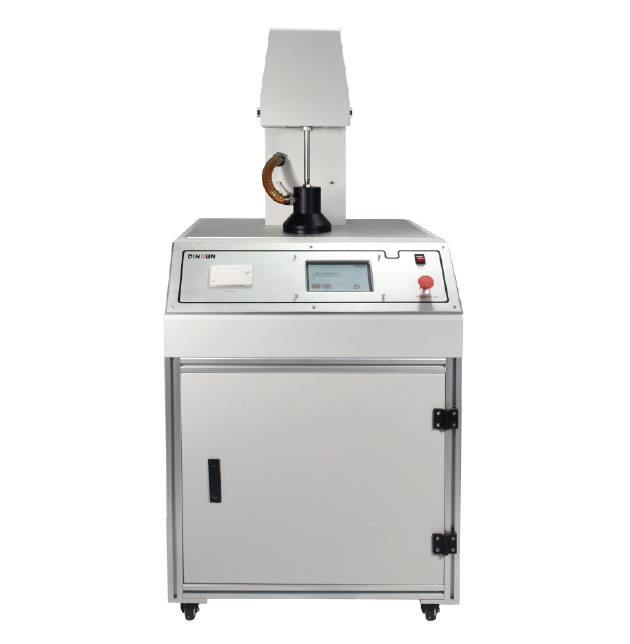- Qinsun Instruments Co., Ltd.
- Tell:+86-21-6780 0179
- Phone:+86-17740808215
- Address:No. 2578 Minhang District Gu Dai Road, Shanghai
- Contact:Mr. Li
- QQ:846490659
Guide to Choosing a Scanner

The scanner can input graphic files such as images, manuscripts, photos, films, and drawings into a computer, and works with printers and modems to have copying and fax functions. Due to the popularity of scanners, which have been reduced to below a thousand yuan, scanners have gradually become indispensable computer equipment for office, engineering design, art design, and home users. What kind of performance, grade, and brand of scanner do you need?
1、 Brand
2、 Performance parameters
There are many performance parameters that describe scanners, and the following are the technical indicators that general users need to consider when purchasing.
1. Scanning format: Scanning format usually comes in A4, A4 extension, A3, A1, A0 and other specifications. Large format scanners are very expensive, and it is recommended for most home and office users to choose an A4 format scanner. Office users can also consider purchasing scanners with A3 or even larger formats according to their needs.
2. Resolution: Resolution reflects the clarity of the scanned image. The higher the resolution of the scanner, the clearer the scanned image. The resolution of the scanner is expressed in dots per inch (DPI). For general office users, it is recommended to purchase a scanner with a resolution of 600 x 1200 (horizontal resolution x vertical resolution). The horizontal resolution is determined by the true resolution of the scanner's optical system, while the vertical resolution is determined by the precision of the scanner's transmission mechanism. When selecting, the main consideration is the horizontal resolution.
3. Color bits: The color bits reflect the ability to distinguish the colors of the scanned image. The higher the number of color bits, the richer the color of the scanned image. The number of color digits is represented by binary digits. For example, in a 1-bit image, each pixel can carry 1 bit of binary information and can only produce black or white colors. An 8-bit image can provide 8-bit binary information for each pixel, producing 256 colors. There are common standards for color bits in scanners, including 24, 30, 36, and 42 bits. Suggest purchasing a scanner with 30 or 36 bit colors. The 30 bit scanner has become an outdated product, it is recommended not to purchase it.
4. Photosensitive element: The photosensitive element is the eye of the scanner, and the scanning quality is related to the photosensitive element used by the scanner. Common photosensitive elements used in scanners include CCD (ChargeCoupledDevice) and CIS (ContactImageSensor). The scanner technology for CCD photosensitive elements is mature. It is combined with an imaging system composed of a light source, several reflectors, and optical lenses to image on the sensor surface, with a certain depth of field and the ability to scan uneven objects. CIS is widely used as a photosensitive component in fax machines, with a maximum resolution of around 600DPI, which is slightly lower than CCD technology and is only used in low-end flat panel scanners.
3、 Supporting software
The functions of the scanner need to be implemented through corresponding software. Except for the driver program and scanning operation interface, almost every scanner will randomly give away some image editing software, OCR text recognition software, and other software. The performance and operation methods of different scanning software vary.





